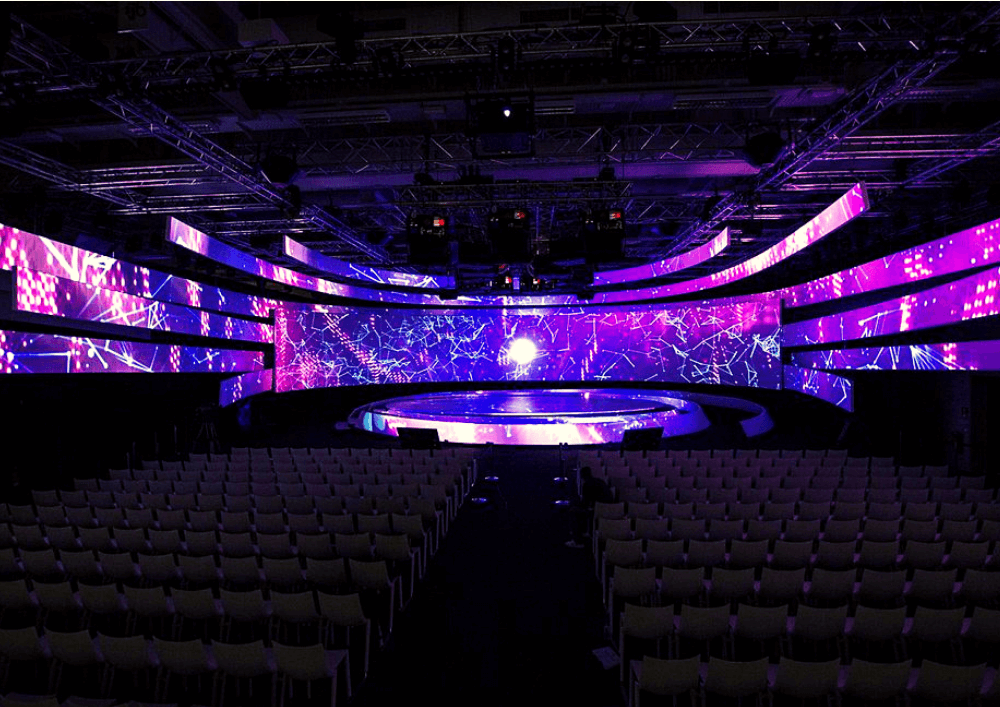LED display panels have secured popularity for their ability to deliver high-quality imagery in various settings, from professional environments to entertainment venues. One of the most significant aspects of these systems is their interface options, which allow users to connect them to multiple devices and systems. Understanding the diverse input options supported for LED wall panels is essential for maximizing their use and effectiveness. This article explores these options, highlighting how they can cater to various needs and preferences.

One common interface method for Light Emitting Diode wall panels is HDMI. HDMI is broadly recognized for transmitting crisp video and audio streams between devices. This connection type is especially beneficial in commercial settings, such as conference rooms or classrooms, where presentations or video content are often shared. By using digital connectors, users can seamlessly connect laptops, projectors, and streaming devices to LED wall panels, guaranteeing a sharp and vibrant display of media.
Another commonly used connectivity option is Display Port, which is comparable to HDMI but offers additional advantages. Display Port can support higher refresh rates and display outputs, making it an excellent choice for interactive media or design-heavy applications. For those using LED wall panels in settings where performance is critical, such as competitive gaming venues or creative workspaces, Display Port can provide the necessary visual clarity. Moreover, many contemporary computers and graphics cards feature DisplayPort connections, making it a convenient solution for technology-oriented users.
In addition to HDMI and Display Port, wireless transmission methods are becoming increasingly prevalent in LED wall panel solutions. Wireless connections allow operators to share content without the requirement for physical cables, promoting a streamlined and more adaptable configuration. Technologies such as Wi-Fi and Bluetooth enable users to connect smartphones, tablets, and laptops seamlessly to LED wall panels without tangled wires. This convenience is especially advantageous in fast-paced settings like exhibitions or live functions, where quick changes to displays are often needed.
For larger installations or more complex configurations, network connectivity through wired networking is another reliable option. Wired links provide a consistent and reliable way to connect multiple LED wall panels within a network. This setup is suitable for electronic display use cases found in retail centers or transport hubs, where multiple panels may need to present coordinated content across a broad area. By using network cabling and network switches, users can Learn More Here ensure that all linked panels receive uniform updates and information seamlessly.
Lastly, it's important to consider the future of connectivity with technologies such as Universal Serial Bus-C and Thunderbolt Three. These newer connection types offer increased data transfer speeds and versatility by allowing one cable to handle both power delivery and data transmission. As more systems incorporate these standards, Light Emitting Diode wall panels equipped with Type-C ports will likely become more prevalent. This shift in integration not only improves the capabilities of Luminescent Diode wall panels but also coincides with the emerging trend of minimalistic design in hardware arrangements by minimizing the number of cables navigate to this website required.
In summary, examining the broad interface methods accessible for LED wall panels reveals many possibilities for users across multiple industries. From traditional methods like HDMI and DisplayPort to modern wireless technologies and network connections, each option serves unique purposes suited to distinct needs. Furthermore, next-gen technologies like Universal Serial Bus-C offer further developments in how professionals utilize Luminescent Diode wall panels. By grasping these integration choices, individuals can make strategic decisions that optimize their overall engagement with these versatile display tools.